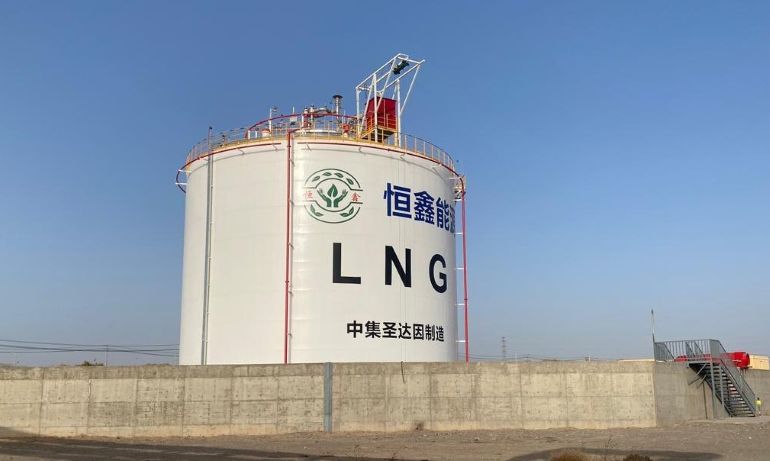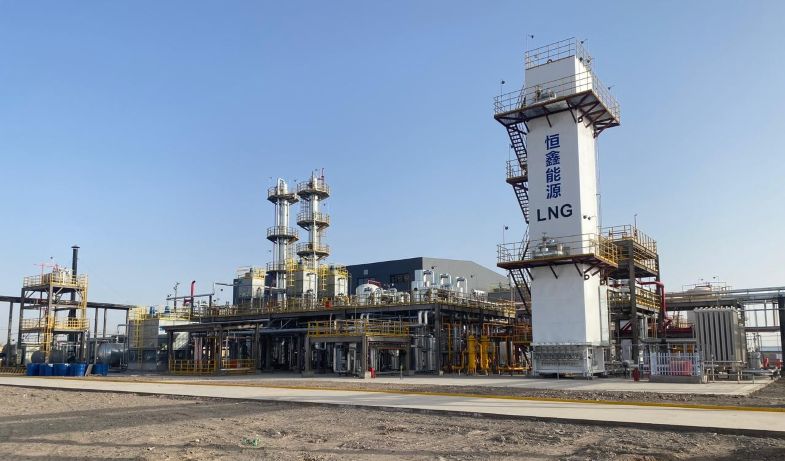Indonesia: Strategic Petroleum Reserves Emergency

By Eddy Suprapto
Indonesia
JAKARTA: The Indonesian Strategic Petroleum Reserves emergency bell has sounded. Indonesia currently only has operational reserves sufficient for national consumption. The development of Strategic Petroleum Reserve (SPR) infrastructure cannot be delayed due to the emergency phase.One of the crucial functions of strategic oil reserves is maintaining national energy stability.
Indonesia celebrates its 80th anniversary of independence next month. However, the priority of building a Strategic Petroleum Reserve (SPR) has yet to be implemented.
The narrative of energy independence is often a part of every government cabinet’s work program, but its implementation has fallen far short of expectations.
Discussions on energy independence are also regularly on the agenda of meetings between the government (Ministry of Energy and Mineral Resources) and the House of Representatives, but have yielded no results, despite the strategic oil reserve emergency entering an emergency phase.
Crude oil supplies, used as an instrument to stabilize the market and maintain national economic stability during an energy crisis, have entered a worrying phase. Indonesia, the most populous country in ASEAN and with a strategic geographic location, only has operational reserves for national consumption, meaning Indonesia can only survive for a few days at most in the event of supply constraints or disruptions.
To date, there is no legal or institutional mechanism governing the storage of oil as a national reserve. Currently, strategic oil reserves are solely operational and held by commercial entities like Pertamina, which operates with a daily oil consumption of 1.6 million barrels, compared to Japan (90 days), India (45 days), and even South Korea (93 days).
From an economic and fiscal perspective, the situation is more attractive. If a geopolitical conflict causes global oil prices to surge from US$80 to US$150 per barrel, Indonesia, which imports more than 800,000 barrels of oil per day, would immediately face extraordinary pressure on its state budget. The increase in fuel subsidies could reach IDR 350 trillion within a year. This situation demonstrates the extraordinary urgency of starting to develop a legal framework, institutions, and infrastructure for storing strategic energy reserves.

Global Strategic Petroleum Reserve System
Globally, the Strategic Petroleum Reserve (SPR) policy and capacity demonstrate how seriously countries are prepared for energy crises. Countries like the United States hold 714 million barrels of Strategic Petroleum Reserves. The United States even has a dedicated Strategic Petroleum Reserve roadmap.
The U.S. Congress passed the Energy Policy and Conservation Act (EPCA) in 1975, formally establishing the Strategic Petroleum Reserve (SPR) as a vital component of national energy security. In the United States, the SPR is operated by the Department of Energy (DOE) and consists of four primary storage sites located near the Gulf of Mexico coastline in the states of Texas and Louisiana. These locations were chosen because of their proximity to refineries, ports, and major distribution networks.
The Strategic Petroleum Reserve System has become a model for other countries, including China, India, Japan, and Korea. China is developing its Strategic Petroleum Reserve by building a capacity of over 500 million barrels spread across 12 locations along its east coast. China is building its Strategic Petroleum Reserve near major ports and industrial zones, demonstrating that China’s Strategic Petroleum Reserve aims to support a stable energy supply for the manufacturing and logistics sectors.
Meanwhile, Japan requires strategic oil reserves equivalent to at least 90 days of net imports, comprising three components: government reserves, industrial reserves, and international joint reserves. Government reserves are stored in onshore tanks at various secure locations, while energy companies are required to maintain a minimum number of separate reserves.
Japan allocates over 500 million barrels of strategic oil reserves. Reserve management is carried out by the Japan Oil, Gas and Metals National Corporation (JOGMEC), a semi-public institution tasked with responding to global energy market dynamics.
India offers an interesting example of Strategic Petroleum Reserve (SPP) management in Asia.
India has developed two large phases, with a capacity of approximately 39 million barrels stored in underground facilities in Visakhapatnam, Mangalore, and Padur. These facilities are designed to ensure supplies for approximately 10 days of national consumption. Interestingly, India is also collaborating with the United Arab Emirates (ADNOC) to partially fill the SPP capacity through a ‘shared stock’ mechanism, with India retaining priority access during a crisis.
Meanwhile, South Korea has one of the most modern strategic petroleum reserve systems. The country holds over 96 million barrels of crude oil and its derivatives, including liquefied petroleum gas (LPG) and liquefied natural gas (LNG), making it a pioneer in the multi-energy reserve approach. The strategic petroleum reserve facilities are managed by the Korea National Oil Corporation (KNOC) and strategically located to ensure rapid distribution throughout the country. In addition to serving as a national reserve, South Korea also leases some of its facilities to strategic partners such as the US and Japan, making its strategic petroleum reserves both a geopolitical asset and a source of national revenue.

A New Path for Strategic Oil Reserves
Indonesia has Presidential Regulation 22 of 2017, Appendix 1, specifically regulating various energy aspects, including production targets, the energy mix, energy efficiency, new and renewable energy, and energy infrastructure development. However, in its implementation, there is no distinction between operational oil reserves, strategic oil reserves, and disaster oil reserves.
This raises the question of why a country with such a long history in the energy sector still lacks a CMS system. This is reinforced by the Oil and Gas Law concerning upstream and downstream regulations, which lacks clear regulations on Strategic Oil Reserves and Oil Reserves in the event of a disaster. Neither the National Energy Council (DEN), with the President as chairman, nor the Ministry of Energy and Mineral Resources (ESDM) as the implementing body, let alone a dedicated agency or institution to regulate them.
Another fact is the lack of integration between institutions, even though this would involve numerous institutions and ministries, such as the Ministry of Energy and Mineral Resources, the Ministry of Finance, the Ministry of State-Owned Enterprises (BUMN), the Ministry of Defense, and the National Development Planning Agency (Bappenas). Without synergy between ministries, this would be impossible.
As Indonesia celebrates its 80th anniversary of independence, it is fitting that a Strategic Petroleum Reserves (CMS) instrument be in place for its energy sector. Furthermore, Indonesia, located in the Ring of Fire, is frequently hit by disasters and requires rapid energy supply from strategic oil reserves.
Amidst the dynamics of global geopolitics, a response to the energy crisis is crucial. The government needs to swiftly establish a Strategic Petroleum Reserves institution.
The President, as Head of the National Energy Council (DEN), must determine the size of the national oil reserves based on the National Energy General Plan (RUEN). We hope that President Prabowo will establish the National Oil Reserves institution, thereby not only building energy infrastructure. but also creating an extraordinary legacy as a key pillar of national sovereignty in maintaining energy security and economic stability.




